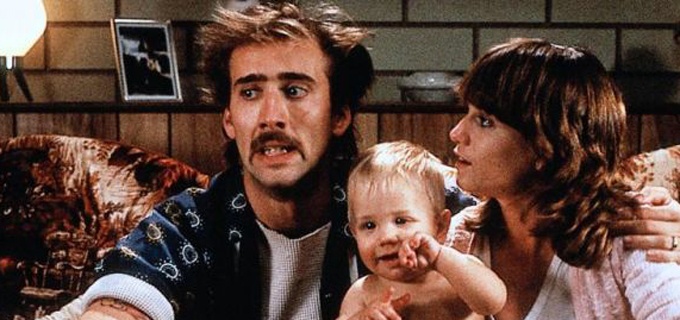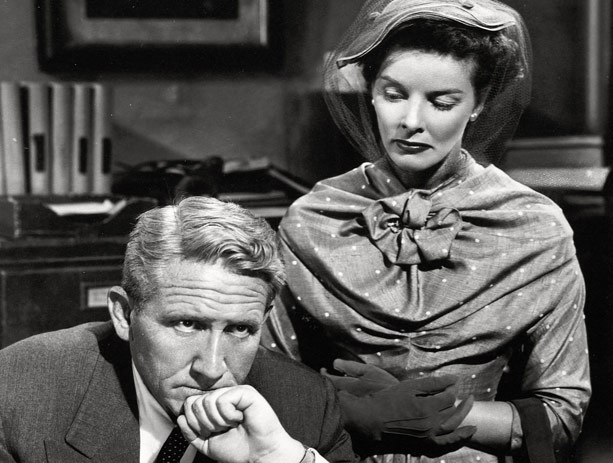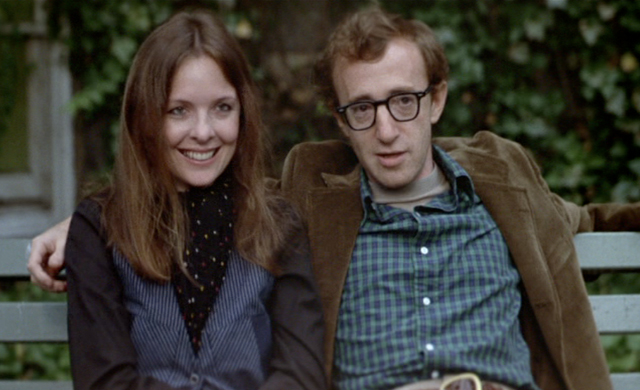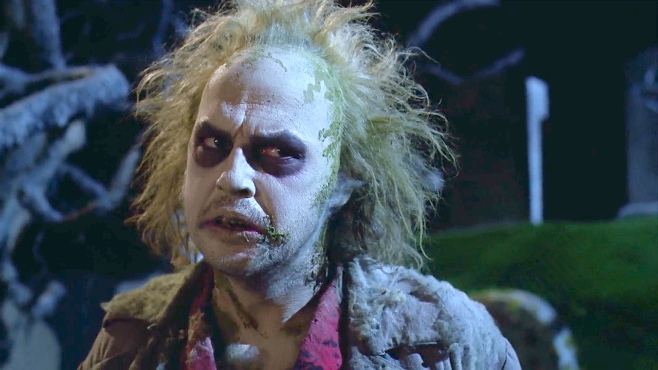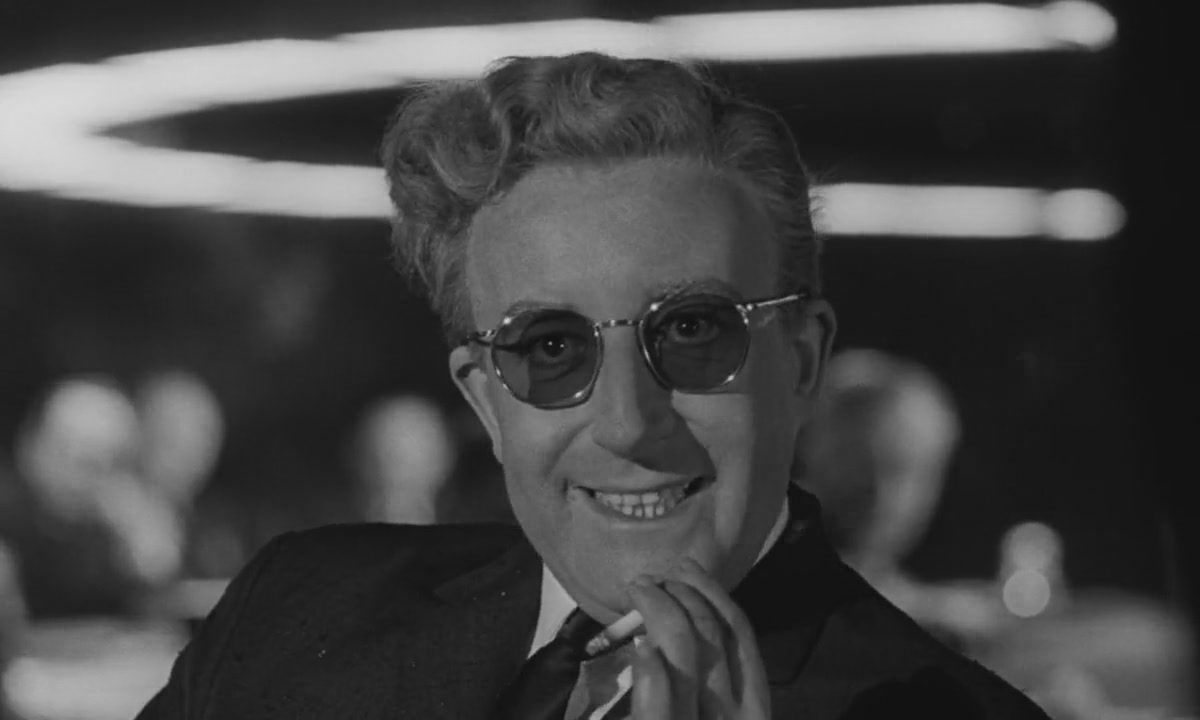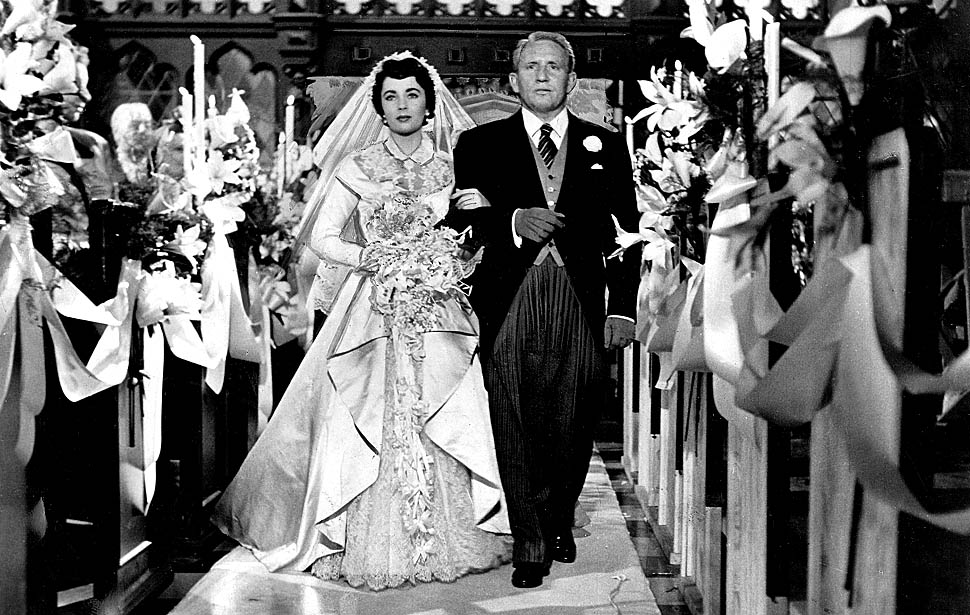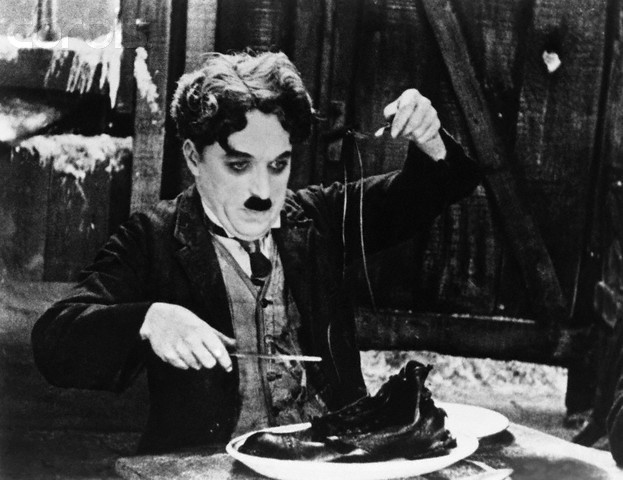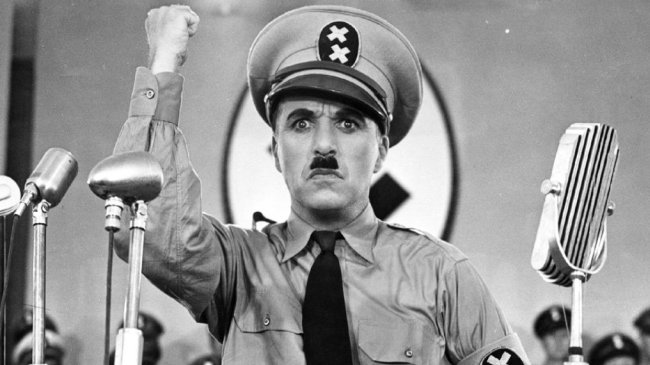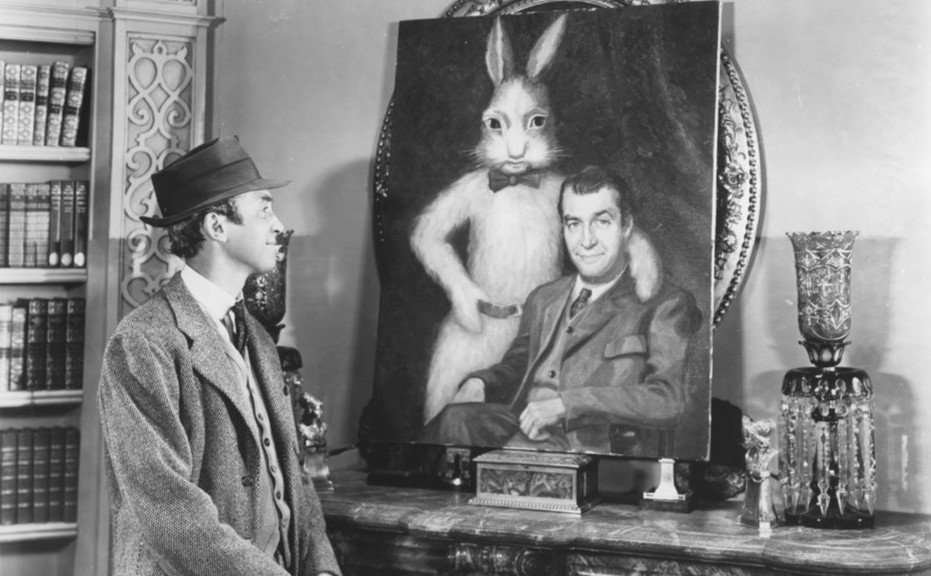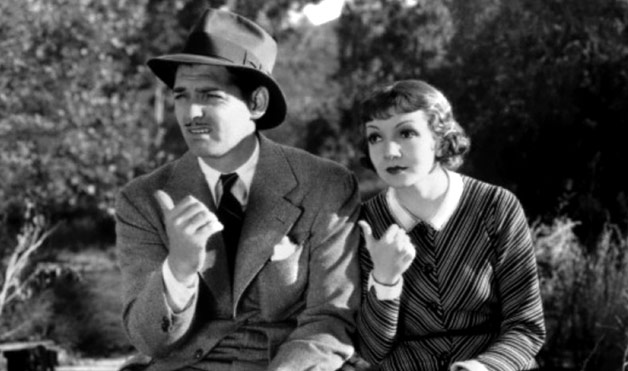“You can’t spend the rest of your life crying. It annoys people in the movies.”
– Oscar Madison (“The Odd Couple”, 1968)
There is a line from “The House That Dripped Blood”, the third in a series of anthology films from Amicus Productions, which went like this: “That’s what’s wrong with present-day horror films. There’s no realism. Not like the old ones, the great ones.” The same thing could be said about comedies. The classic comedies.
Making the audience laugh, and to keep them laughing, required more than talent. A great mind could come up with a witty line, while some actors have to use humour to mask their personal struggles from their past. This was what the classic comedies were renowned for, many of them in black and white. This doesn’t mean that the current crop weren’t up to par. Time would be the judge.Without further ado, here are 20 classic comedies you can watch with your family this Christmas holiday.
1. Adam’s Rib (George Cukor, 1949)
There were lots of on-screen couples, many of whom were memorable in the screwball comedy genre. But Spencer Tracy and Katharine Hepburn stood out, arguably the best. It was their personalities, as she came across as strong, while he was cool and self-assured. Both played Adam and Amanda Bonner, married lawyers who came to oppose each other in court. It was the battle of the sexes, all in the spirit of fun. As Mr. Bonner put it, vive la difference!
2. Annie Hall (Woody Allen, 1977)
History would be kind to Allen, even if he didn’t come up with features like Manhattan, Hannah and Her Sisters, and Bullets Over Broadway.
Annie Hall was the reason, as the screenplay had lots of amusing lines on New York (“I don’t want to move to a city where the only cultural advantage is being able to make a right turn on a red light.”), arts (“Sylvia Plath – interesting poetess whose tragic suicide was misinterpreted as romantic by the college girl mentality.”), and horizontal moments (“Sex with you is really a Kafka-esque experience.”).
3. Beetlejuice (Tim Burton, 1988)
Don’t be surprised if there would be plans for a sequel, as moviegoers couldn’t get enough of this fellow, who lived through the Black Plague, have seen “The Exorcist” a hundred and sixty-seven times, and was obnoxious to everyone, the dead included. Burton was at his best when he was at his oddest, and this feature showed.
4. Blazing Saddles (Mel Brooks, 1974)
This spoof on Western Cinema provided barrels of laughter from beginning to end. Even non-fans of Westerns would love the depreciating humour. (“Men, you are about to embark on a great crusade to stamp out runaway decency in the west. Now you men will only be risking your lives, whilst I will be risking an almost certain Academy Award nomination for Best Supporting Actor.”)
5. Dr. Strangelove or: How I Learned to Stop Worrying and Love the Bomb (Stanley Kubrick, 1964)
The nuclear scare became a favourite premise in cinema, which happened during the height of the Cold War. Kubrick, who was behind “2001: A Space Odyssey”, “A Clockwork Orange”, and “Barry Lyndon”, satirized this unsettling event, which was a stroke of genius. This was Peter Sellers’s best, playing three different roles. As the plot progressed, you will be baffled and amused.
6. Father of the Bride (Vincente Minnelli, 1950)
“I always used to think that marriages were a simple affair,” Stanley T. Banks mused in one scene. This was one of the many lines that made this comedy poignant, depicting American society back then. Tracy was perfect for the titular role, his face beaming with sincerity. But not that serious.
7. The Gold Rush (Charlie Chaplin, 1925)
Chaplin portrayed the Little Tramp in many of his features, a reflection of the poverty he overcame. He didn’t let it beat him down, which spoke volumes about this fellow. There may be a debate on whether the London native was the greatest comedian, but there was no doubt that this silent feature, about fighting over a gold deposit in the Yukon Ranges, was one of his best. The flick’s most-hilarious moment was the Tramp’s struggles in a wooden house, as it was about to fall off a cliff.
8. The Great Dictator (Charlie Chaplin, 1940)
This other feature by Chaplin was released during the second phase of his career, when the talkies were the norm. His sentiment on political and social issues was subtle in his silent flicks, but on this one, it was loud and clear. It was still fun to watch.
9. Harvey (Henry Koster, 1950)
James Stewart played Elwood P. Dowd, whose dotty behaviour confused, if not troubled, his family and acquaintances. The reason was his best mate, a pooka in the form of a six-foot plus, invisible rabbit. The screenplay, adapted from Mary Chase’s play, could be interpreted as a study of individuality. It could also be an illustration of how people responded to eccentricity. But Elwood handled it well, thanks to his mother’s advice. (“In this world, Elwood, you must be oh so smart or oh so pleasant.”)
10. It Happened One Night (Frank Capra, 1934)
The first feature to win the Big Five Academy Award categories was also the Mother of Romantic Comedies. Clark Gable and Claudette Colbert were an unlikely couple, but everything they said tickled the bones. (“Behold the walls of Jericho!”)
